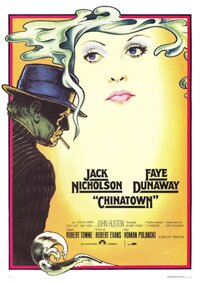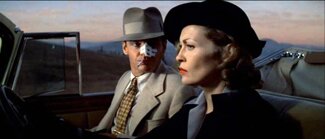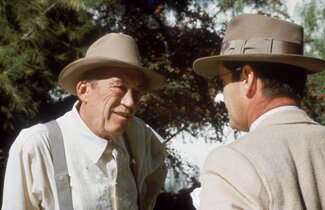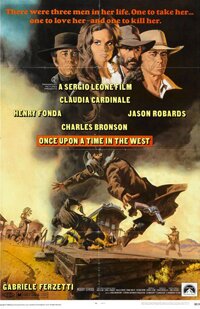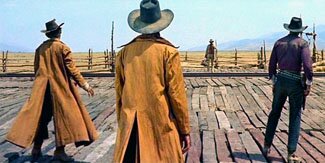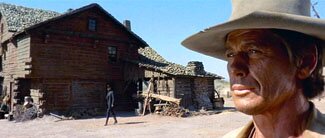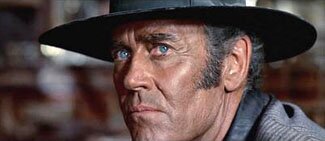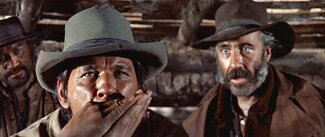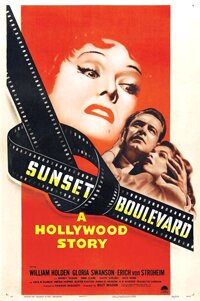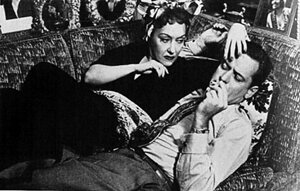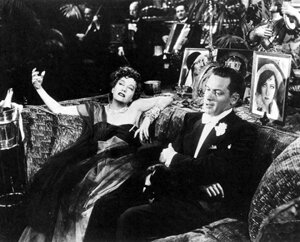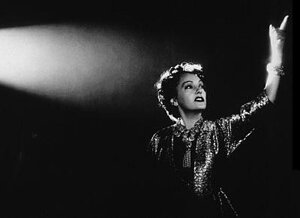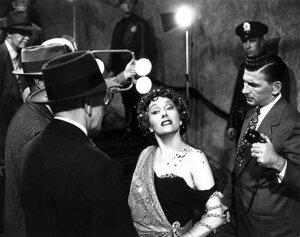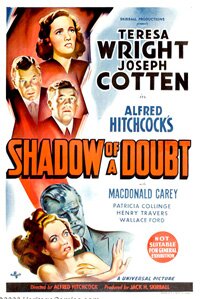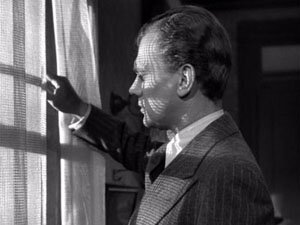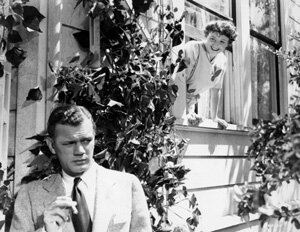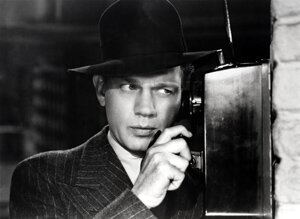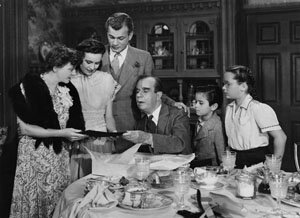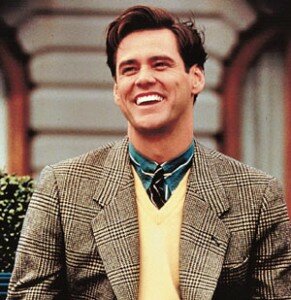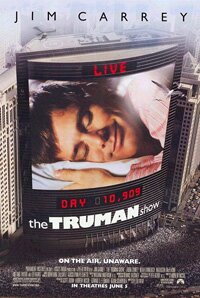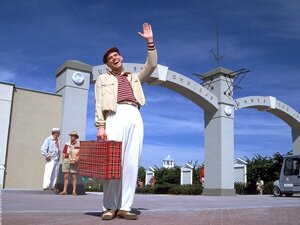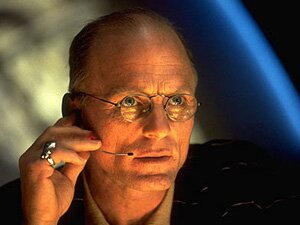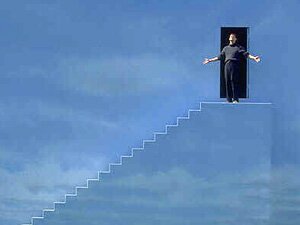I know people who can’t watch a movie like Ikiru because it’s in black and white and because it is “foreign.” I confess I have to bite my tongue when I hear such things because, while on one hand I understand what they are saying, I find it frustrating that they allow themselves to miss something as wonderful as this movie simply because they can’t give it a chance.
Ikiru isn’t fast paced. It isn’t a spectacle of colour. It isn’t in English; it’s sub-titled. It’s a slow paced meditation in black and white and in Japanese.
It is also one of the best movies ever made.
Ikiru (1952)
directed by Akira Kurosawa
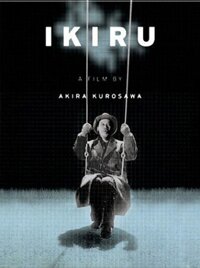 You would think a movie about someone dying of cancer would be a tremendously depressing film but as Akira Kurosawa’s Ikiru shows, it needn’t be.
You would think a movie about someone dying of cancer would be a tremendously depressing film but as Akira Kurosawa’s Ikiru shows, it needn’t be.
This is because he is not at all concerned with dying. His theme is life, just as the more recent movie by Denys Arcand is – Les Invasions Barbares (The Barbarian Invasions). But this isn’t to say Kurosawa backs away from the unpleasant fact of cancer.
Not only does he not back away from it, he embraces it – almost gleefully as he sets up the story of his main character, Kanji Watanabe (Shinichi Himori).
The movie opens with a shot of Watanabe’s x-ray and an almost officious narrator describing Watanabe’s condition – his current life (which is pretty much nonexistent) and medical condition (dying of stomach cancer).
It opens almost as if God were telling the story of Job.
We’re then shown the pathetic life of Watanabe. He’s a government bureaucrat lost amid the bureaucracy, his goal, like the system’s goal, to do nothing. He has been living this way for thirty years.
Then it’s revealed to him he has cancer and has less than a year to live. It’s interesting that, just as Watanabe in his job attempts to do nothing and keep everything steady and status quo, the doctors refuse to tell him the truth of his condition. Why disturb the waters when there is nothing he can do about it? Better he remain ignorant of his condition.
But he does find out, from another patient, and panics.
In an almost frightened stupor, he stumbles out into the street in what I found to be one of the most striking moments in the movie. It is very quiet as Watanabe enters the street. Then, just as a truck goes by, a cacophony of street sounds erupts.
It suggests that the grim news he’s received has wakened the slumbering Watanabe and he is suddenly aware of life – chaotic and noisy and endlessly vibrant.
His fear now begins to coalesce from a general, instinctive fear of death to something more specific – a fear of never having lived.
Watanabe’s journey is now underway as he tries to discover what it means to live and how this is done. Initially he meets his first guide on his journey, a writer who sees the poetry in Watanabe and his situation. He leads him through a night journey that focuses on the superficial aspects of life – drink, sex, partying – but none of this really resonates for Watanabe, at least not in a profound way. It simply opens his eyes more to the essence of living he has missed.
His next guide is a young, vibrant woman flush with excitement of youth. She takes him on more of a daylight journey where Watanabe finally begins coming out of his depressed stupor. He begins to laugh and enjoy being alive.
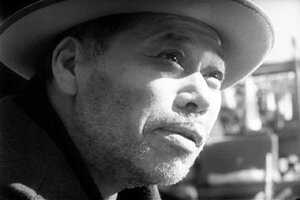 And this leads him to his final stage where he reconciles with his condition and decides what it is he must do in order to feel he has lived.
And this leads him to his final stage where he reconciles with his condition and decides what it is he must do in order to feel he has lived.
This is where Kurosawa suddenly shifts his focus. He cuts to a later time, after Watanabe’s death, where we see others recalling him and trying to come to an understanding of his final days.
Characters have a range of interpretations, many of which are self-serving, but as this part of the film progresses an image of Watanabe begins to cohere until we are finally left with the essence of Watanabe, the essence of life (which the word ikiru means, “to live”).
While the film’s focus is on Watanabe, Kurosawa does one of the things he loved to do which is to show story from different perspectives (such as in Rashoman). We see Watanabe but we also see how others perceive him, usually erroneously, usually from a self-centred perspective – such as his son and daughter-in-law, or his fellow workers.
Kurosawa also uses sound to great effect in Ikiru, associating life with a cacophony of vibrancy (such as the entering the street scene mentioned earlier). There is also the song Watanabe sings and occurs several times in the film, beginning, “Life is brief …”
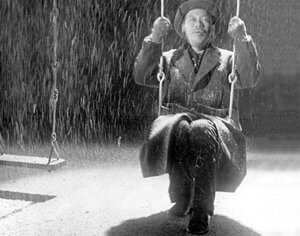 The song is sung twice by Watanabe – first in a bar in a gloomy scene where the theme of “life is brief” negatively presented, as a reason for sorrow. The second time is toward the end of the film, after he has accomplished what he set out to do and he’s seen on a swing set. Here, there is a sense of joy to the song. The contrasting versions of the same song suggests life involves making choices and those choices determine whether the quality of life.
The song is sung twice by Watanabe – first in a bar in a gloomy scene where the theme of “life is brief” negatively presented, as a reason for sorrow. The second time is toward the end of the film, after he has accomplished what he set out to do and he’s seen on a swing set. Here, there is a sense of joy to the song. The contrasting versions of the same song suggests life involves making choices and those choices determine whether the quality of life.
Ikiru is a tremendously life affirming movie made by one of cinema’s great masters, Akira Kurosawa. It makes a stark contrast to some of the tremendous samurai films he made. It has a gentleness to it that is disarming while at the same time maintaining the unflinching quality of vision constant through Kurosawa’s films.
As others have mentioned, this is a movie that should be seen every few years or so. Like the best stories, it prompts us to look at the world around us and assess our own lives and, perhaps as we get older, speculate on how much of Watanabe is within us.

